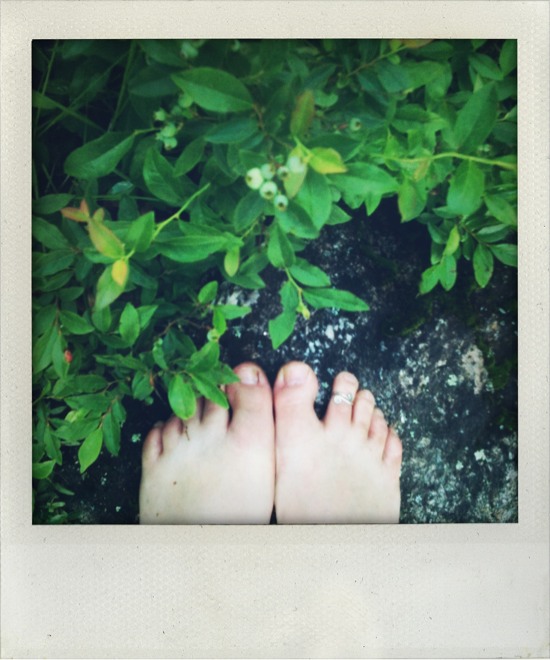
SP and I went away this weekend to Jay Peak Resort in Vermont. They served their drinks in plastic cups, made by a company called Greenware. These cups claim to be 100% Annually Renewable Eco-Friendly packaging. What confuses me, and I am no environmental engineer, is how does a Eco-friendly cup made entirely of plants also become a #7 plastic? What #7 means is that it is an "Other", and this is no reference to LOST, but instead, this code indicates that a package is made with more than one resin and used in a multi-layer combination. Furthermore, it can be composted? I think this little cup I brought home is going in my compost pile instead of my recycling bin because I want to see if it is true. Does this mean that I could eat the cup too? That's a bit facetious but I am a bit of a skeptic today. Before I say more, let me tell you how happy I am that it is all Made in America. That is the biggest bonus of all of this. Are companies taking this Eco-Friendly thing too far and finding loopholes to claim sustainability when in fact they are not? It's made from corn, but just as other things in my life like HFCS, just because it's manipulated out of something natural does not mean it is a good thing. The website states, "Our material expertise extends beyond traditional plastics and into environmentally sustainable or recyclable alternatives such as Polylactic Acid (PLA) and Recycled PET (RPET). PLA is made entirely from corn and is 100% compostable. RPET combines pre and post-consumer resin (like water bottles) to reduce the reliance on new material, conserving resources." What are the byproducts of manipulating corn into clear #7 plasticine drinking cups? How much fossil fuel emissions are there to turn a field of corn into a drinking cup at a mountain restaurant? What good is a compostable drinking cup when it ends up in the garbage and sent to a landfill or incinerator? And if all these cups end up being burned, what are their emissions? Now please don't get me wrong, I still love and support each and every step we are taking towards greater sustainability and reducing our impact on the earth, I just can't help but think that some of these steps are akin to a parallel promotion. The mission of Fabri-Kal does not dissuade my skepticism, "
The mission of Fabri-Kal is to:- Be a world class manufacturer of quality plastic parts and packages
- Be recognized as a leader in customer satisfaction
- Be a growing and financially sound company, providing a fair return to shareholders
- Assist employees in achieving an attractive lifestyle
- Manage operations and create products in a safe and environmentally responsible manner"
Plastics are A numero uno in their mission, not the environment, so I think my intuition may be on to something here. So Fabri-Kal, if you read this, what is your carbon footprint and what are you doing to offset it?











